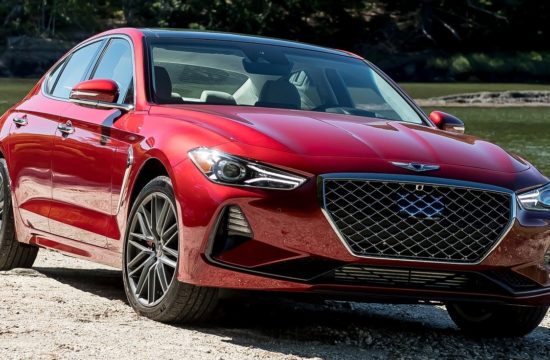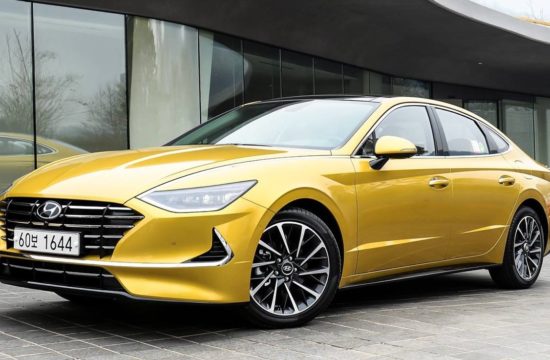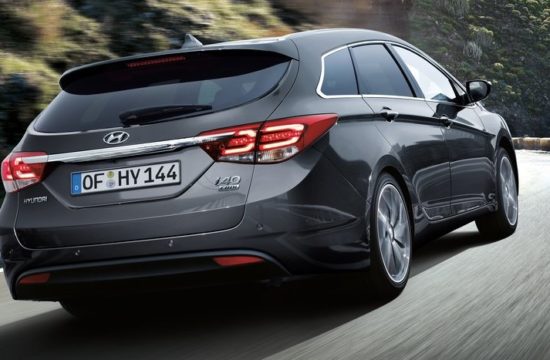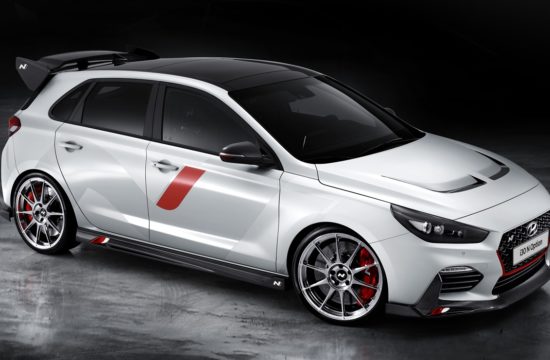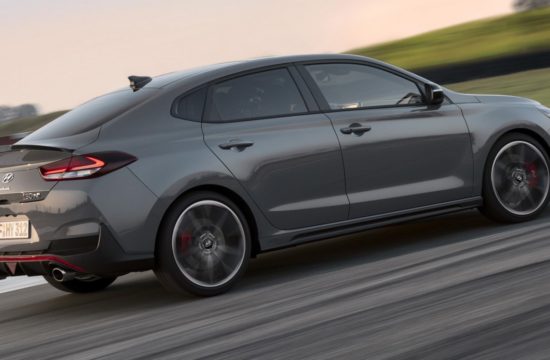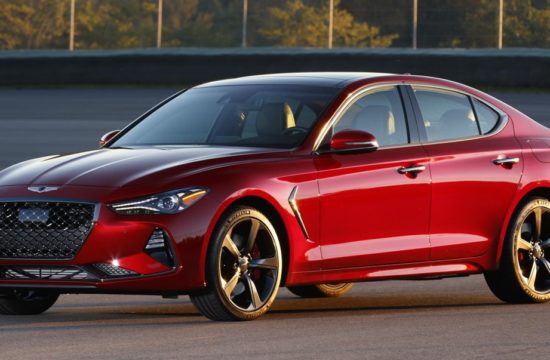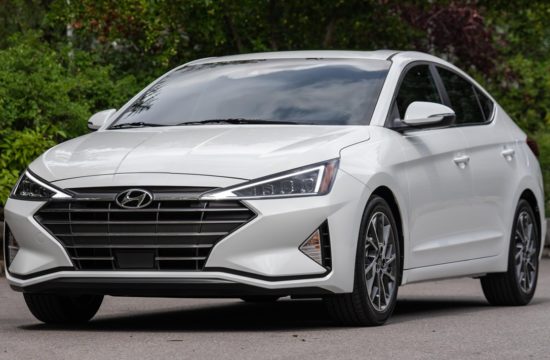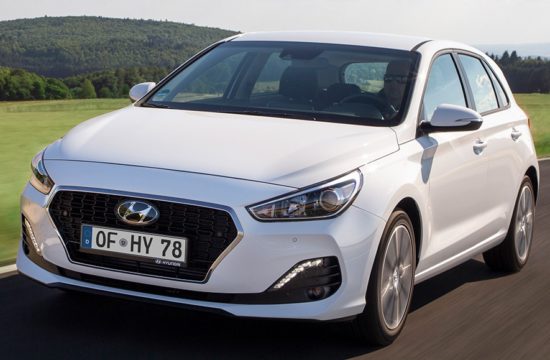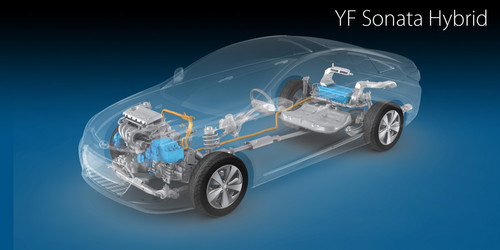
Years and Years of flawless performance in sales has made Hyundai so confident that they are thinking very big now! Since 2008 Hyundai has been the most fuel efficient car maker in the U.S. and they re going to keep this title for next decades as CEO John Krafcik recently announced company’s plans to reach a corporate average fuel economy (CAFE) rating of at least 50 miles per gallon (mpg) by 2025 for its lineup of passenger cars and light duty trucks.
Of course a large part of this will be owed to the hybrid cars they are making to will make that will drop the average fuel consumption of the entire range. And they are counting heavily on the new Sonata and its 2.4 liter Theta II engine, which in its normal form averages 34 mpg. The hybrid version of the car which will go on sale next year, will set new standards for this segment.
Press Release
“We’re committed to setting the pace in this industry on fuel economy, and we’re inspired by the possibilities that our advanced Blue Drive technologies afford,” said John Krafcik, Hyundai Motor America president and CEO. “Getting to 50 mpg and beyond seems like a huge leap, but by making this commitment and aligning our R&D initiatives now, we know we can get there.”
Hyundai has shown that customers will flock to high-quality, stylish products offering high fuel economy. The game-changing all-new 2011 Hyundai Sonata is the first mid-size family sedan to offer only 4-cylinder engines. Sonata achieves an EPA highway rating of 35 mpg, yet leads competitors in power output through the use of advanced gasoline direct injection (GDI). Sonata’s sales were up 48 percent in the first half of 2010, while its transaction prices and residual values now exceed those of most mid-size competitors. The Sonata and its 2.4-liter Theta II GDI engine are built at Hyundai Motor Manufacturing Alabama.
“This is our simple formula for success in the automobile industry,” said Krafcik. “Rather than fighting fuel economy regulation, we encourage our Hyundai engineers to deliver more fuel efficiency, faster, accelerating the benefits to our customers, society, and the planet.”
Since becoming the fuel economy leader in the 2008 model year, Hyundai Motor America market share is up more than 50 percent.A Global Research and Development Effort
Hyundai’s plan to achieve an average of 50 mpg or better encompasses a full line of products, from small cars to larger family haulers. It leverages Hyundai’s global Blue Drive strategy, aligning R&D resources at its engineering centers in California, Michigan, Korea, India and Germany to develop more fuel-efficient vehicle technologies. Key enablers are improvements and innovation in powertrains including gasoline direct injection, turbocharging, electric hybrids, plug-in hybrids, light-weight materials and design, and more.
2011 Sonata Leads the Way
The 2011 Sonata, which went on sale earlier this year, features a 2.4-liter Theta II GDI 4-cylinder as its base engine, offering up to 200 horsepower and 35 miles per gallon on the highway. By offering only 4-cylinder engines and through other weight optimization efforts, Hyundai engineers were able to reduce the weight of the Sonata by 130 pounds.
This fall, Hyundai will launch the 2.0T 4-cylinder turbo option for the 2011 Sonata and the company’s first hybrid in the United States. The Sonata Hybrid features a 2.4-liter Theta II 4-cylinder gasoline engine mated to an electric motor-boosted 6-speed automatic transmission. The Sonata Hybrid incorporates an industry-first lithium polymer battery, which packs greater power density and stability into a smaller, more package-efficient space.
Sonata’s Hybrid Blue Drive system eschews the typical continuously variable transmission for a more consumer-friendly step-shift 6-speed transmission, which makes the system more cost-effective and more readily adaptable to other future applications. Sonata exemplifies Hyundai’s efforts to bring advanced power train technologies to the mainstream.
Fuel Economy Leadership Since 2008 Model Year
Hyundai achieved fuel economy leadership by topping the U.S. Environmental Protection Agency fuel economy report for the 2008 model year. The EPA 2009 Light-Duty Automotive Technology and Fuel Economy Trends Report indicates that Hyundai has the highest 2008 model year laboratory 55/45 fuel economy at 30.9 mpg. Hyundai passed all major manufacturers in combined passenger car and light duty truck fuel efficiency including traditional leaders like Honda and Toyota. The report demonstrates the effectiveness of Hyundai’s value-driven fuel-efficiency strategy, which focuses on the intelligent application of cost-effective technologies.

